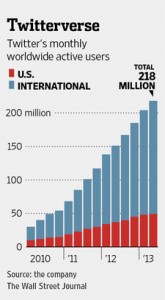Code Black – Part 2 The Emergence of ObamaCare
Private practises (for-profit) will tend to discharge patients that are able to leave. But when surgery is required, the only hospitals low-income residents can attend to are the few government-funded ones that accept every patient. Because of this, patients are finding that they have to wait up to fifteen hours to see a doctor and those that can’t wait as long, leave with their condition untreated. When their condition worsens, they come back to the hospital and their medical fees come to tens of thousands of dollars, and the low-income patient is unable to afford it. The same happens when people are unable to afford crucial medications that can prevent conditions from worsening.
The long wait times are also accumulated because there is a shortage of hospital staff and the ratio of a nurse to patients is too high to care for. Hospitals need to find ways to retain hospital staff and to reduce patient wait times, but this can’t only be done on an organizational level; it should start with the government.
ObamaCare would benefit low-income families the most, as they will now receive the benefits in medication and treatment they require. On the organizational level, hospitals will also benefit as there wouldn’t be as many critical conditions arriving in the hospital.



